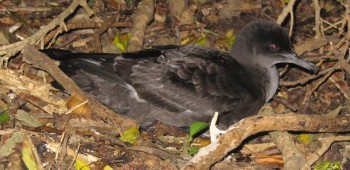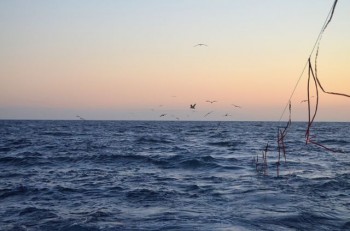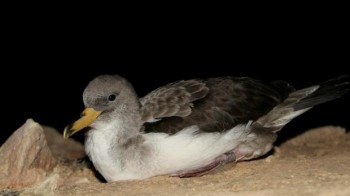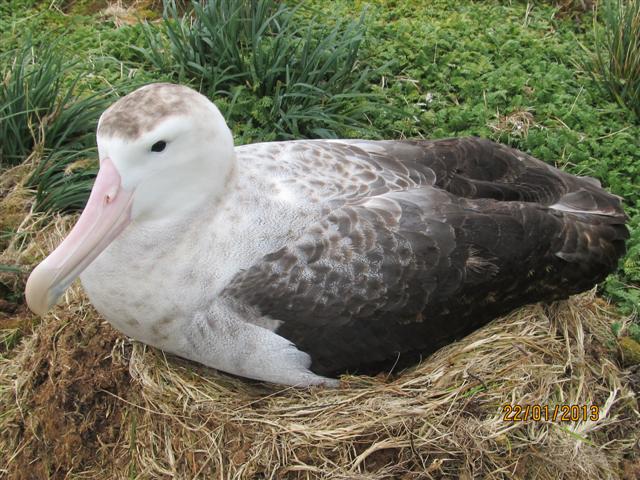Kath Walker and Graeme Elliott of Albatross Research have produced a report for the December meeting of New Zealand Department of Conservation’s Conservation Services Programme that shows that since 2004 the population of ACAP-isted and Vulnerable Antipodean Albatrosses Diomedea antipodensis on Antipodes Island has been “on an alarmingly steady decline and it is now smaller than it was in 1994. Furthermore throughout the period of this decline, the females have been declining at a faster rate (10% per annum) than the males (5%), and there is now a wildly skewed sex imbalance on the breeding grounds.”
Th authors recommend three research activities to ascertain reason(s) for the decline:
“1. The population monitoring needs to continue, and in a more detailed fashion. We have been funding the monitoring since 2005 but are running out of resources.
2. Effort needs to be put into investigating changes in oceanic conditions that might be contributing to this decline.
3. Effort needs to be put into investigating fisheries by-catch of female Antipodean wandering albatrosses, both inside and outside the New Zealand EEZ.”
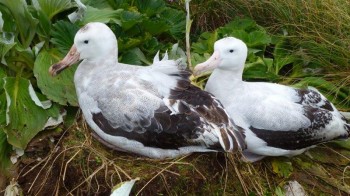
An Antipodean Albatross pair at the Antipodes Island, photograph by Colin O'Donnell
Reference:
Walker, K. & Elliott, G. 2015. Antipodean Wandering Albatross decline. Report prepared for Department of Conservation. [Nelson]: Albatross Research. 2 pp.
John Cooper, ACAP Information Officer, 30 December 2015
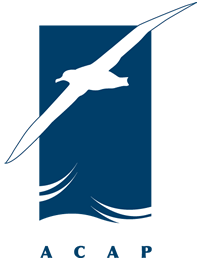
 English
English  Français
Français  Español
Español 